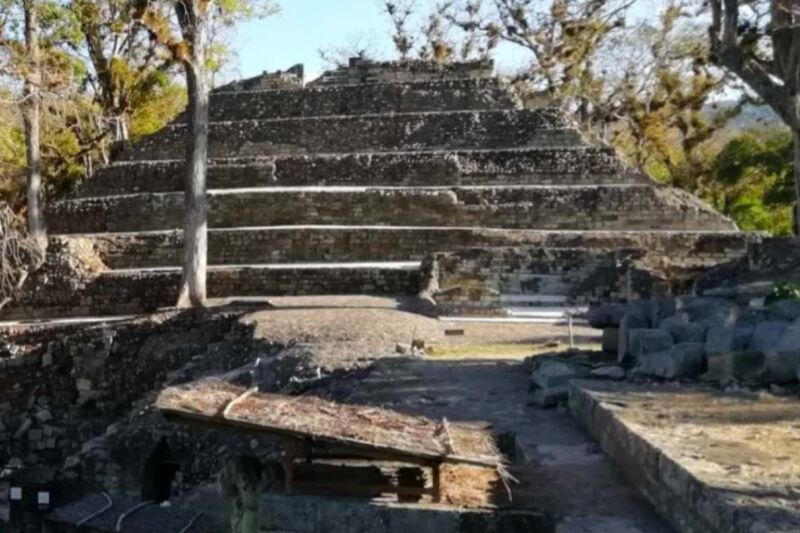
Enlarge / Archaeologists analyzed samples of Maya plasters collected from the Copan archaeological site in Honduras. (credit: Rodriguez-Navarro et al., 2023)
There is a rich body of scientific research investigating the secrets behind the remarkable durability of ancient Roman concrete. But ancient Maya masons had their own secrets when it came to making the lime plasters, mortars, and stuccos used to build their magnificent structures, many of which still stand today. A team of Spanish scientists has analyzed samples of Maya plasters from Honduras and confirmed that the Maya added plant extracts to improve the plasters' performance, according to a new paper published in the journal Science Advances.
As we've reported previously, like today's Portland cement (a basic ingredient of modern concrete), ancient Roman concrete was basically a mix of a semi-liquid mortar and aggregate. Portland cement is typically made by heating limestone and clay (as well as sandstone, ash, chalk, and iron) in a kiln. The resulting clinker is then ground into a fine powder, with just a touch of added gypsum—the better to achieve a smooth, flat surface. But the aggregate used to make Roman concrete was made up of fist-sized pieces of stone or bricks.
Mayan lime plaster draws on similar ancient knowledge, according to Carlos Rodriguez-Navarro and his colleagues at the University of Granada. The use of lime plaster dates back to around 10,000 to 12,000 BCE, and the manufacturing process typically involved the calcination of carbonate rocks like limestone to produce quicklime, which was then slaked to create portlandite. It seems the Maya independently developed their own lime pyrotechnology around 1100 BCE, and the plasters, mortars, and stuccos they produced exhibit impressive resistance to granular disintegration, fracturing, or scaling, despite more than 1,200 years of exposure in a hot and humid tropical environment.
Read 10 remaining paragraphs | Comments
